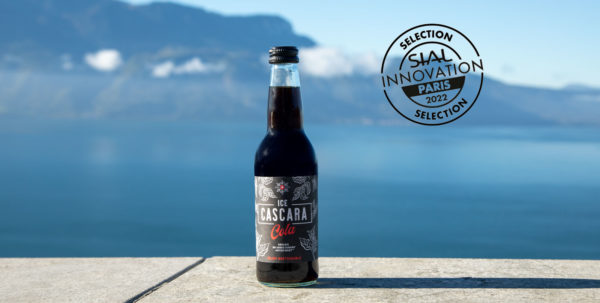
The first Swiss upcycling cola to be discovered at SIAL
The company Ecocascara SA, innovator in Europe in the use of water-soluble...
Read this article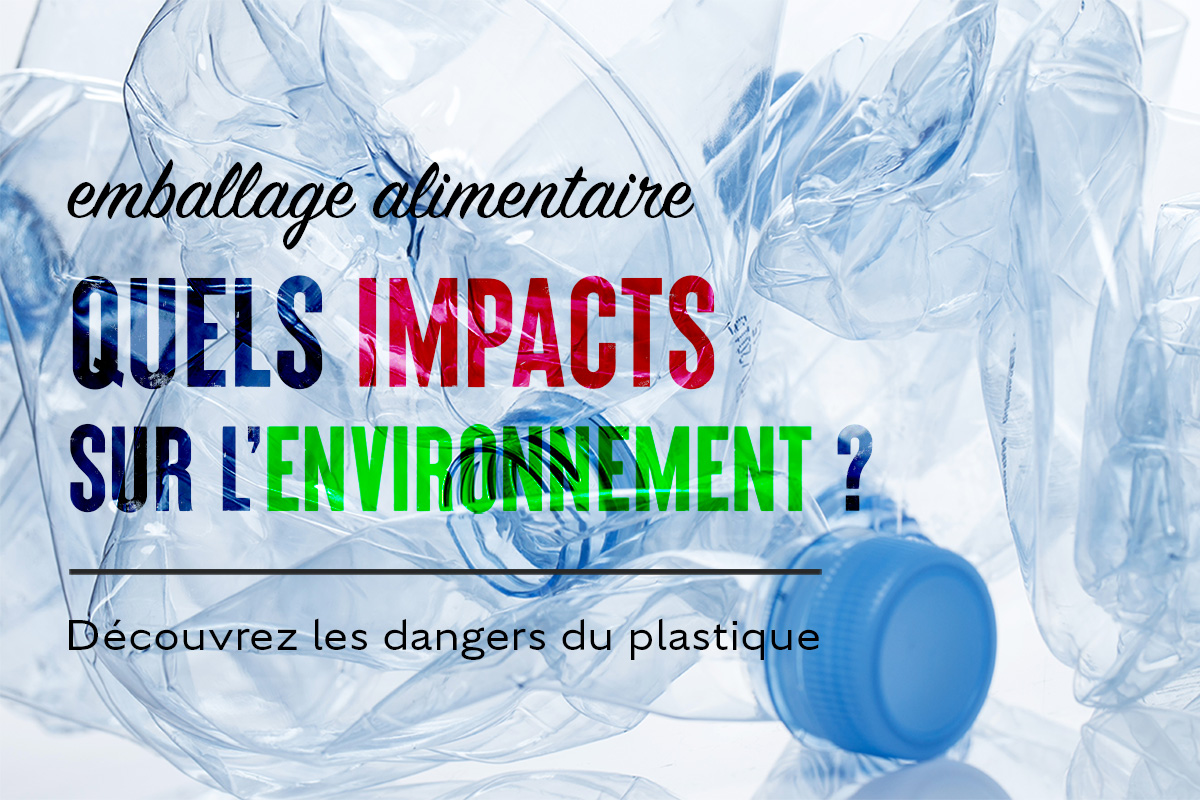
Are we sufficiently aware of the impacts of plastic packaging? It is harmful to the environment, but is it also harmful to our health?
Food packaging is any material that is in direct contact with food and is used to transport, protect and preserve food. They are also used to put all the information about the food on them. There are different types of packaging, plastic, aluminium, glass, etc. It is important to know that in terms of health and environmental risks, they are not all the same
Indeed, some are much more dangerous than others and polluting, they all have defects, except for glass, which is very little subject to migration and does not pollute as much as plastic. We compare the different food packaging materials in this article.
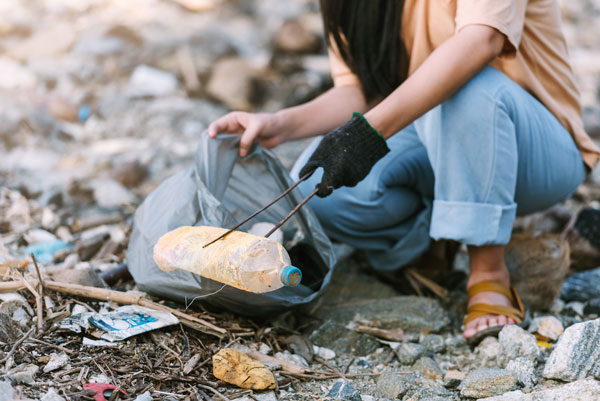
When talking about ecology, or more precisely ecological disasters, it is difficult not to mention plastic. Everyone knows the disastrous consequences for the environment. Plastic packaging has a very negative impact on the planet, literally destroying many ecosystems.
Every year, tons of plastic waste are thrown away, our oceans are completely polluted, and it is estimated that a seventh continent is emerging with plastic waste. Several ecosystems are being disrupted and there is a growing loss of biodiversity, both in the oceans and on land. Many natural resources are being polluted and plastic ends up directly on our plates through the food chain.
In addition to environmental problems, plastic packaging poses many health risks. Plastic particles migrate into food and the nutritional quality is altered. Also, it is very common to find plastic bottles discarded in nature, this is called littering.

PET or polyethylene phthalate is a plastic that is widely used for food packaging because it is cheap. However, its environmental impact is disastrous.
PET is made from petroleum, a fossil material that will eventually run out. To make 1 kg of PET, almost 2 kg of crude oil are needed. The manufacturing process is energy-intensive and emits many greenhouse gases that contribute directly to global warming.
Waiting for the word "recycled" one might think that it helps to limit pollution and support ecology. Indeed, recycled PET comes from the recovery of plastic, but is it really a good idea?
The answer is no. Even when recycled, PET is still plastic, and it pollutes as much as non-recycled PET. In addition, recycling PET requires a lot of water and energy, which depletes the earth's resources.
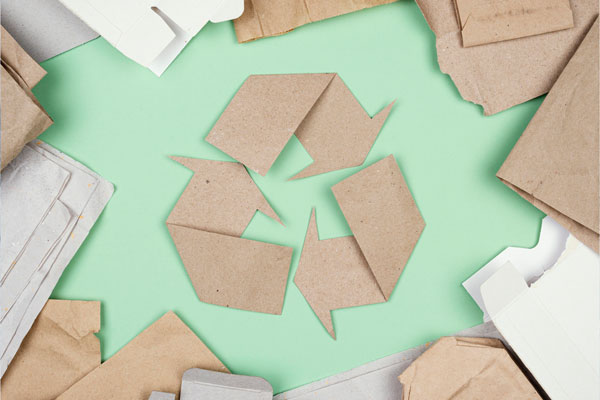
Recycled PET, like plastic, alters the quality of food and there is a risk of migration of plastic particles. Finally, upcycling is available to anyone, at any time. Anything can be upcycled, you can reuse any object. Upcycling is therefore a concept with a strong positive impact on the environment, ethical and above all responsible.
Aluminium cans are mainly used to hold different types of drinks such as juices or soft drinks. They are mainly made of aluminium, but contain a thin layer of plastic foil to prevent the liquid from coming into direct contact with the aluminium.
Aluminium cans are used because they are easy to transport and protect the drinks from the sun. However, they are very bad for both health and the environment. Indeed, aluminium is very harmful to health and exposure to high doses would be responsible for several serious disorders.
Aluminium is made from bauxite, and the mining operations carried out to extract this material have heavy environmental consequences. After extraction, the manufacture of an aluminium can costs twice as much energy as the manufacture of a glass bottle of the same capacity. Moreover, this material is not biodegradable and the waste ends up in nature causing numerous disturbances.

In order to produce our cascara drinks, we only use glass bottles. This is the most environmentally friendly alternative.
Glass bottles preserve all the virtues of cascara and do not represent any risk of migration, so they are safe for the health of the consumer. Glass bottles have almost no disadvantages, except for their fragility during transport. This material is also very easy to clean and does not retain bacteria.
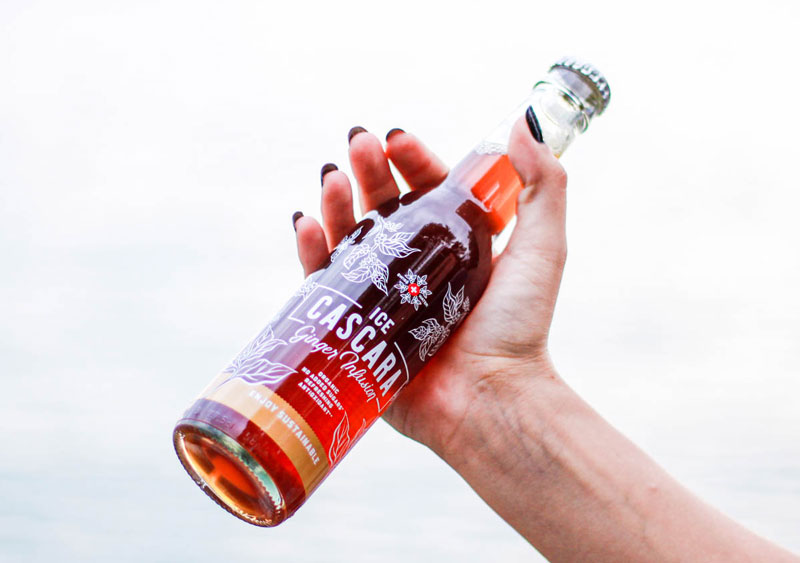
People are less likely to throw away glass bottles, which generates less waste. Also, glass is very easy to recycle and this saves tons of CO2.
It can therefore be said that glass is the most optimal solution to preserve the earth's resources and protect the environment from pollution.
We hope you have found this article useful.
The Cascara Society team

Browse other articles :
The company Ecocascara SA, innovator in Europe in the use of water-soluble...
Read this articleIt is important to know that sugar, in particular glucose, is a...
Read this articleLittering is a worrying phenomenon that causes a lot of environmental pollution....
Read this articleIn order to fight against oxidative stress and ageing...
Read this articleMany people consume zero drinks without realizing it.
Read this articleFood packaging is a real environmental hazard. Strong...
Read this article| Cookie | Duration | Description |
|---|---|---|
| cookielawinfo-checkbox-analytics | 11 months | This cookie is set by GDPR Cookie Consent plugin. The cookie is used to store the user consent for the cookies in the category "Analytics". |
| cookielawinfo-checkbox-functional | 11 months | The cookie is set by GDPR cookie consent to record the user consent for the cookies in the category "Functional". |
| cookielawinfo-checkbox-necessary | 11 months | This cookie is set by GDPR Cookie Consent plugin. The cookies is used to store the user consent for the cookies in the category "Necessary". |
| cookielawinfo-checkbox-others | 11 months | This cookie is set by GDPR Cookie Consent plugin. The cookie is used to store the user consent for the cookies in the category "Other. |
| cookielawinfo-checkbox-performance | 11 months | This cookie is set by GDPR Cookie Consent plugin. The cookie is used to store the user consent for the cookies in the category "Performance". |
| viewed_cookie_policy | 11 months | The cookie is set by the GDPR Cookie Consent plugin and is used to store whether or not user has consented to the use of cookies. It does not store any personal data. |